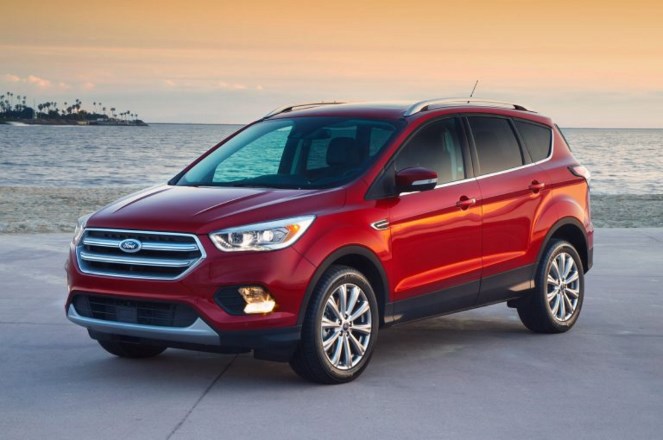Decoding the Intricacies of Minimalist Fashion: A Modern Style Phenomenon
Minimalist fashion— a style that revolves around a simple and uncluttered aesthetic. It has been gaining immense popularity over the last few years, becoming a mainstream style choice for many. With an emphasis on clean lines, monochromatic color schemes, and a less-is-more approach, this fashion trend has managed to capture hearts worldwide. But what makes minimalist fashion so appealing? Where did it originate, and how has it evolved?
The Emergence of Minimalist Fashion
Minimalist fashion owes its roots to the minimalist movement in art that emerged in the late 1950s. Artists began to explore the concept of simplicity, reducing their works to basic shapes and colors. This art movement soon found its way into the world of fashion in the 1990s, when designers like Calvin Klein and Jil Sander began to create clothing that focused on simplicity and functionality over ornate detailing. Over time, minimalist fashion has evolved and adapted to current trends, while still retaining its core philosophy of simplicity and functionality.
The Appeal of Minimalist Fashion
Minimalist fashion is about focusing on the essentials and discarding the unnecessary. It’s about quality over quantity, choosing timeless pieces over trendy ones. This style is not just about aesthetics; it’s a lifestyle choice that encourages mindful consumption and sustainability. The minimalist aesthetic also promotes versatility, with pieces that can be mixed and matched for a variety of occasions.
The Influence of Minimalist Fashion on Buyers
The rise in the popularity of minimalist fashion has significantly influenced consumer behavior. As people become more conscious of their consumption habits, many are turning towards minimalist fashion as a way to reduce their wardrobe size and focus on quality over quantity. This trend has also influenced the retail industry, with many brands now offering minimalist collections.
Current Trends in Minimalist Fashion
Current trends in minimalist fashion include the popularity of neutral colors, clean lines, and simple silhouettes. Monochromatic outfits, capsule wardrobes, and slow fashion are also gaining popularity. As people continue to seek out simplicity in an increasingly complex world, these minimalist fashion trends are likely to continue.
Tips for Embracing Minimalist Fashion
- Start by decluttering your wardrobe, getting rid of items that you no longer wear or need.
- Invest in high-quality, versatile pieces that can be mixed and matched.
- Stick to a neutral color palette for a cohesive and sophisticated look.
- Avoid impulse buying; instead, focus on mindful consumption.
- Embrace the concept of a capsule wardrobe, which involves having a small collection of timeless pieces that can be combined in multiple ways.
In conclusion, minimalist fashion is more than just a style choice—it’s a lifestyle that encourages mindfulness and sustainability. It’s about appreciating the beauty in simplicity and making conscious decisions about what we choose to wear. As we continue to navigate an increasingly complex world, the appeal of minimalist fashion is likely to endure. As Coco Chanel once said, “Simplicity is the keynote of all true elegance” – a sentiment that perfectly encapsulates the essence of minimalist fashion.





